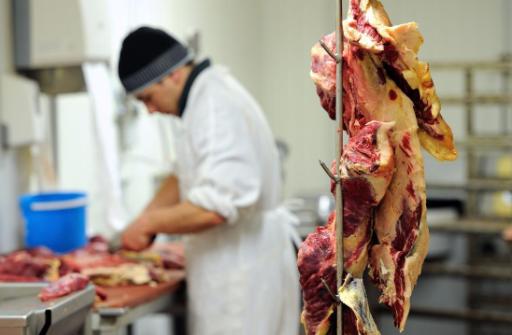The coronavirus infection rates are significantly higher among certain occupational categories, including garbage collectors, meat processors and packers, and call agents, a report by KU Leuven, UHasselt and Idewe found.
Workers in these sectors get infected twice as often as the rest of the population, De Standaard writes.
During the Easter holidays, 98 infections per 10,000 employees were counted among call centre employees. In the same period, there were 44 per 10,000 in the rest of the population.
In no other sector with at least 3,000 employees was the infection rate higher.
The professional categories with high infection rates all have something in common: employees can barely - if at all - work from home, and wages are considerably lower than average.
Various international studies have shown that people with low wages have a greater chance of becoming infected, said Professor of Occupational Medicine Lode Godderis (KU Leuven, Idewe), who contributed to the report.
“Sometimes precarious working conditions are involved, there is less access to the right protective equipment and information, and there is less testing, supervision and monitoring,” said Godderis.
Related News
Those from lower socio-economic backgrounds are often less aware of health regulations and more difficult to reach, explained Godderis.
Earlier research by economists André Decoster (KU Leuven) and Johannes Spinnewijn (LSE) showed that the mortality rate in the first coronavirus wave in Belgium was five times higher among the lowest 10% of income earners than among the highest 10%.
The report can’t establish where exactly the infections took place - and therefore whether they happen at work - but the researchers say that if there are significantly more infections among these workers than others, it’s a sign that the work involves a greater risk of contamination.
One striking example is that of hairdressers. At the beginning of the year, the rate of infection kept pace with the rest of the population and was lower than in the working population. But from mid-February, when the hairdressers' salons were allowed to open, the rate of infection rose much faster than elsewhere.
One month after the opening, infections among salaried hairdressers were already about 80% higher than in the rest of the population.
The same thing happened to employees of beauty salons, again with an infection rate 80% higher.
Hairdressers and beauty salons reopened again this Monday after a four-week break, and it’s likely infection rates will once again spike among this group of workers.
“We expect that in every sector that opens,” professor of biostatistics and co-author Geert Molenberghs (UHasselt, KU Leuven) told De Standaard.
“These figures should be an encouragement to be very careful and, for example, to leave the door open. A good ventilation system can help prevent disaster.”
Precautions should also be taken by customers.
“If you have symptoms, don't go to the hairdresser,” stressed Godderis.
The Brussels Times

